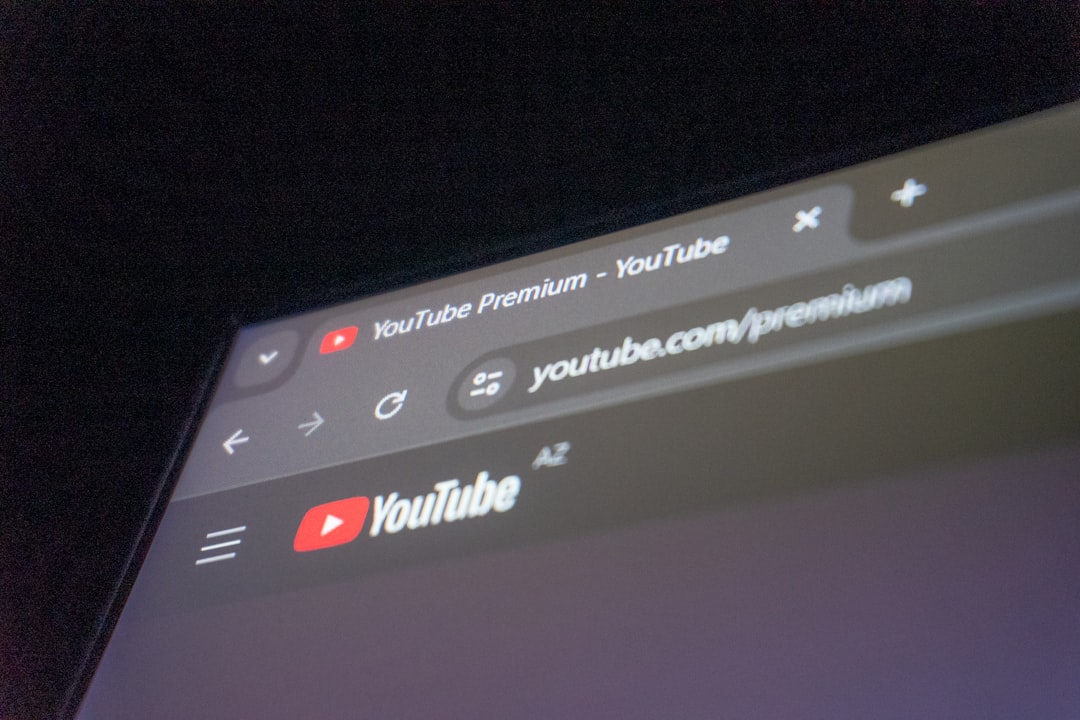Table of Contents
- Introduction
- Understanding ‘the fear of the Lord’: Its meaning and significance in biblical context
- The relationship between fear and knowledge: Exploring Proverbs 1:7 in depth
- Cross-references within Scripture: How other verses support the concept of fearing the Lord
- The practical implications of fearing the Lord in contemporary life
- Contemporary parallels: How modern literature and media reflect the quest for wisdom and knowledge
- The transformative power of knowledge rooted in the fear of the Lord: Personal testimonies and stories
- The dangers of disregarding the fear of the Lord: Consequences highlighted in Scripture
- Application for everyday life: Cultivating a heart of reverence in a modern world
- Conclusion
- Frequently Asked Questions
Introduction
In a world saturated with information, the quest for true wisdom can often feel like an elusive dream. What if the key to unlocking profound understanding lies not in the accumulation of knowledge, but in a fundamental shift in perspective? As Proverbs 1:7 (CSB) reminds us, “The fear of the Lord is the beginning of knowledge; fools despise wisdom and instruction.” This powerful verse sets the stage for an exploration into how reverence and awe for the divine can radically transform the way we perceive and engage with knowledge.
Imagine a journey where wisdom beams brightly, illuminating our paths, guiding our decisions, and enriching our lives in ways we never thought possible.
Join us as we dive deep into the interconnectedness of divine reverence and the pursuit of wisdom, revealing how embracing this life-altering principle can lead to a richer, more meaningful existence. Prepare to embark on a transformative exploration that promises to inspire and ignite your intellectual and spiritual journey!
Understanding ‘the fear of the Lord’: Its meaning and significance in biblical context
Understanding ‘the fear of the Lord’ requires examining its meaning and significance within the biblical context. In the scriptures, fear does not denote a mere sense of terror or dread; rather, it embodies a profound respect, reverence, and awe towards God. This reverence acknowledges God’s sovereignty and supreme authority over all creation.
In Proverbs 1:7, the phrase ‘the fear of the Lord is the beginning of knowledge’ underscores the foundation that such reverence provides for acquiring true wisdom. It suggests that a proper relationship with God fosters insight and understanding that surpasses mere human knowledge.
Moreover, throughout the Bible, this fear is portrayed as essential for moral living and ethical decision-making. It promotes humility, urging individuals to acknowledge their limitations and seek divine guidance.
In this light, fearing the Lord also leads to a commitment to His teachings and commandments, creating a pathway to deeper wisdom and a fulfilling relationship with the Creator. Ultimately, this concept invites individuals to reflect on their lives in light of God’s holiness and wisdom.
The relationship between fear and knowledge: Exploring Proverbs 1:7 in depth
The relationship between fear and knowledge is a profound theme encapsulated in Proverbs 1:7: ‘The fear of the Lord is the beginning of knowledge.’ This verse suggests that true understanding and wisdom are rooted in a reverential respect for God. This fear is not merely about being afraid; rather, it embodies a deep respect and acknowledgment of God’s authority, holiness, and power.
In this context, knowledge transcends mere information; it encompasses insight into moral values, ethical behavior, and the nature of reality as defined by divine principles. The fear of the Lord acts as a compass, guiding individuals toward righteous living and helping them to discern good from evil.
As one starts to develop this reverent fear, they unlock a pathway to deeper understanding. This journey often leads to an appreciation of the complexities of life, human relationships, and the spiritual realm. Ultimately, acknowledging God’s sovereignty fosters a desire for wisdom that shapes one’s character and decisions.
Cross-references within Scripture: How other verses support the concept of fearing the Lord
Within Scripture, the concept of fearing the Lord is not isolated to Proverbs 1:7; it is supported by numerous other verses that emphasize its importance. For instance, Psalm 111:10 states, ‘The fear of the Lord is the beginning of wisdom; all those who practice it have a good understanding.’ This verse parallels Proverbs by highlighting that reverence for God is foundational to gaining true wisdom and understanding.
Additionally, Proverbs 14:27 reinforces this notion, declaring, ‘The fear of the Lord is a fountain of life, that one may turn away from the snares of death.’ This illustrates that fearing the Lord leads to life and protection from spiritual danger.
Another significant reference is found in Ecclesiastes 12:13, which concludes, ‘Fear God and keep his commandments, for this is the whole duty of man.’ Here, the essence of human existence is tied to reverence for God, further asserting the foundational role of fear in our relationship with Him.
Collectively, these verses create a tapestry of wisdom that underscores the significance of honoring and fearing the Lord as a crucial step towards a life of knowledge and understanding.
The practical implications of fearing the Lord in contemporary life
The fear of the Lord, as stated in Proverbs 1:7, signifies a deep respect and reverence for God that can manifest in various practical implications in contemporary life. This fear is not about being terrified but rather an acknowledgment of God’s power, authority, and moral order. In everyday situations, individuals who embrace this perspective often find themselves making more ethical decisions, prioritizing integrity over personal gain.
Furthermore, this reverence fosters a sense of accountability; people may feel compelled to act in ways that align with their values and spiritual beliefs. It can lead to improved relationships, as individuals seek to treat others with respect and compassion, reflecting the love and justice they attribute to God.
In stressful circumstances, the fear of the Lord can provide comfort and guidance, as it encourages reliance on divine wisdom and understanding. This mindset cultivates a framework for navigating challenges, promoting resilience and humility. Overall, fearing the Lord can significantly influence one’s behavior, choices, and worldview, contributing to a more thoughtful and purpose-driven life.
Contemporary parallels: How modern literature and media reflect the quest for wisdom and knowledge
In contemporary literature and media, the quest for wisdom and knowledge mirrors the timeless message found in Proverbs 1:7, where the fear of the Lord serves as the foundation for true understanding. Modern narratives often explore the complexities of knowledge as characters embark on journeys of self-discovery and enlightenment. From dystopian novels to thought-provoking films, protagonists frequently grapple with ethical dilemmas and the consequences of their choices, underscoring the age-old connection between reverence and insight.
Moreover, various genres, such as fantasy and science fiction, delve into the pursuit of knowledge through magical or technological means, illustrating both its potential and pitfalls. Authors and filmmakers inspire audiences to reflect on the relationship between knowledge, power, and morality. Social media platforms also play a significant role in this discourse, as users seek to share and acquire knowledge while navigating the haze of misinformation. Through these diverse mediums, contemporary society continues to contemplate what it means to seek wisdom, often echoing the sentiment that true understanding begins with a sense of respect and humility.
The transformative power of knowledge rooted in the fear of the Lord: Personal testimonies and stories
The transformative power of knowledge rooted in the fear of the Lord is often illustrated through personal testimonies and stories. Many individuals recount experiences where a deep reverence for God has led them to profound insights and life changes. For example, one individual might share how a commitment to understanding biblical teachings has reshaped their moral compass, influencing their decisions and interactions with others.
Another story may highlight a person who found clarity and purpose in their career after acknowledging the sovereignty of God in their professional life. This fear of the Lord fosters a humility that opens doors to wisdom, allowing individuals to navigate challenges with discernment.
Testimonies also reveal that this kind of knowledge brings community; individuals often gather to share experiences and support each other’s spiritual growth. As they cultivate their understanding of God’s ways, they form bonds that strengthen their faith. In essence, the fear of the Lord serves not merely as a starting point for knowledge, but as a catalyst for transformational living, deeply influencing personal relationships and community dynamics.
The dangers of disregarding the fear of the Lord: Consequences highlighted in Scripture
Disregarding the fear of the Lord has significant consequences that are poignantly illustrated throughout Scripture. The Bible repeatedly emphasizes the importance of reverence for God as a foundational aspect of wisdom and knowledge. In Proverbs 1:7, it is clearly stated that ‘the fear of the Lord is the beginning of knowledge,’ implying that neglecting this fear can lead to a lack of understanding and insight.
When individuals choose to ignore the fear of the Lord, they often fall into folly and foolishness. Proverbs 1:29-31 warns that those who hate knowledge and reject wisdom will suffer the repercussions of their choices, leading to a life filled with hardship and regret. Furthermore, Scripture presents a stark picture of the moral decline that can occur when people disregard divine authority, resulting in chaos and disorder.
Additionally, in Psalms 36:1, the consequences of ignoring God’s guidance are depicted as leading to a lack of accountability and moral clarity. Without the foundational fear of the Lord, individuals may succumb to arrogance and pride, ultimately distancing themselves from the very wisdom they seek.
Application for everyday life: Cultivating a heart of reverence in a modern world
In today’s fast-paced modern world, cultivating a heart of reverence is essential for both personal and communal well-being. The phrase ‘the fear of the Lord is the beginning of knowledge’ serves as a reminder that respect for a higher authority can guide us in our daily lives. To apply this principle, individuals can start by setting aside time for reflection and spiritual growth. This not only helps in deepening one’s understanding of faith but also fosters a sense of humility, which is vital in a society often centered around self-promotion.
Practicing gratitude daily can also cultivate reverence; acknowledging the blessings in our lives encourages a humble perspective. Engaging in community service and treating others with kindness reinforces the notion of reverence, as it highlights the importance of every individual.
Furthermore, limiting distractions from digital devices allows for moments of contemplation and connection with God, reinforcing our values. By intentionally creating space for reverence and reflection, individuals can enhance their knowledge and wisdom, ultimately leading to a more meaningful and harmonious life.
Conclusion
As we reflect on the profound truth that the fear of the Lord is the beginning of knowledge, we are reminded that we are never alone in our journey toward wisdom. Christ stands with us, extending His arms of grace and love. This reverence for God is not just a call to humility but an invitation to experience deep companionship and support in every aspect of our lives.
In moments of uncertainty and confusion, we must ask ourselves: What is God saying to you? Is He calling you to a greater understanding, urging you to embrace His wisdom? More importantly, we must confront the pivotal question: What are you going to do about it? Will you step forward with faith, trusting that the transformative power of knowledge rooted in the fear of the Lord will guide your decisions and shape your path? Remember, you are supported by a Savior who longs to walk with you, fostering a heart of reverence that opens the door to true understanding and fulfillment.
















